Found 867 places
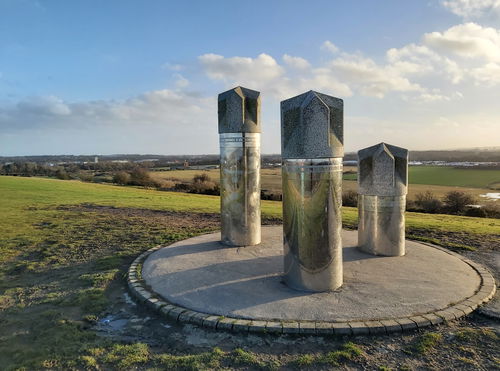
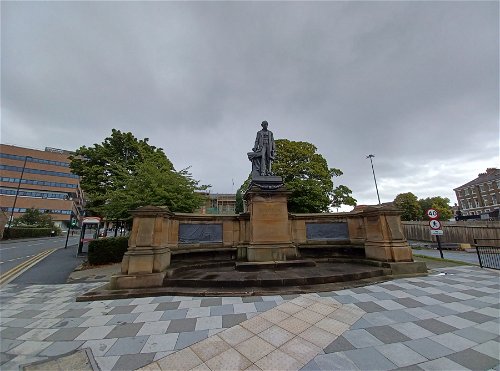
Armstrong Memorial
Statue Newcastle City Centre Tyne And WearA life sized bronze sculpture in memory of Lord Armstrong on Barras Bridge outside the Hancock Museum.
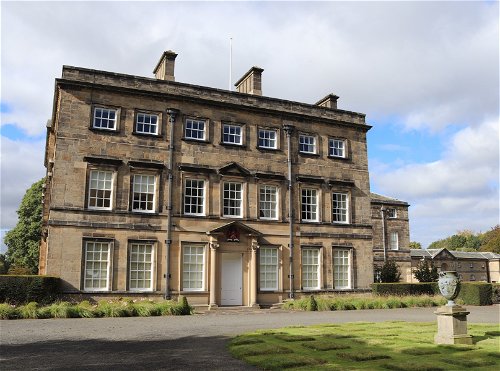
Blagdon Hall Estate
Estate Cramlington NorthumberlandThe private estate of the White Ridley family where the grounds are filled with wonderful statues, follies and temples.
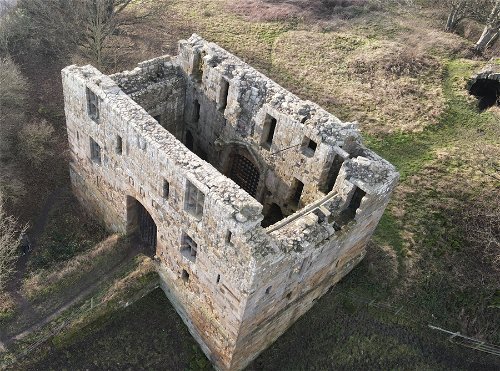
Whorlton Castle
Castle Northallerton North YorkshireRuined motte and bailey castle, dating back to the Norman Conquest.
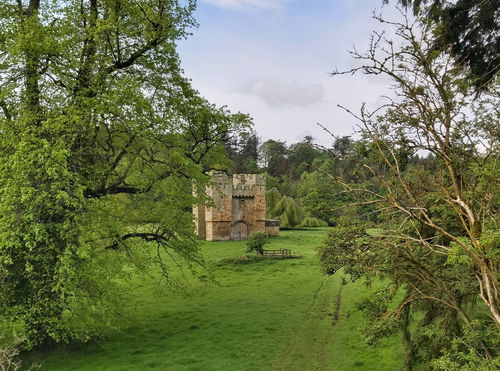
Alnwick Abbey Gatehouse
Religious Place Alnwick NorthumberlandThe remaining gatehouse from Alnwick Abbey, built in the 12th century.
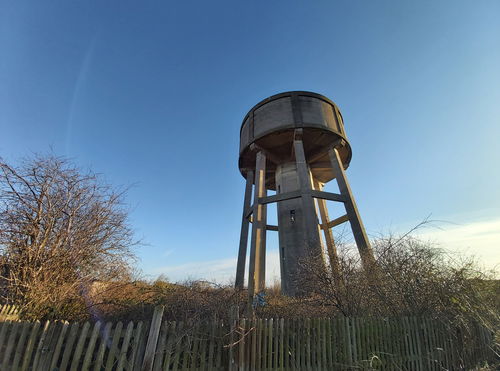
Broomhill Water Tower
Water Tower Amble NorthumberlandAn old water tower from Broomhill Colliery that was sold at auction to be a house.
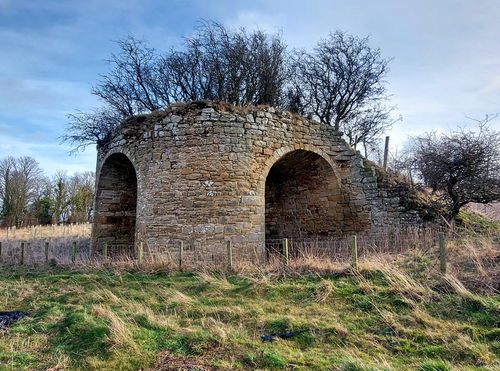
Alnwick Moor Quarry Lime Kiln
Lime Kiln Alnwick NorthumberlandA lime kiln situated on Alnwick Moor, one of 400 that would have been used in Northumberland.
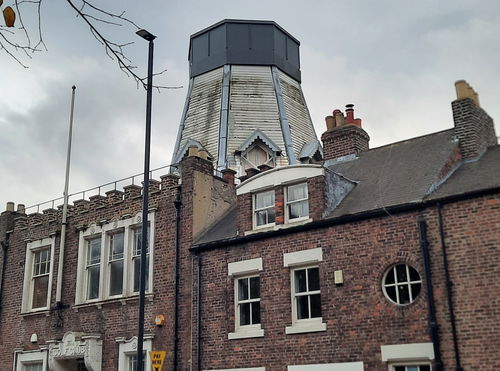
Chimney Mill
Windmill Newcastle City Centre Tyne And WearThe first five sailed smock style windmill in Britain and the only remaining one in the North East.
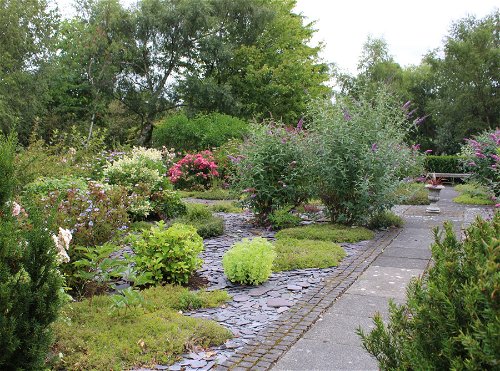
Birkheads Secret Garden
Landscape Gateshead Tyne And WearA series of 12 gardens set in 3 acres of land in rural Gateshead.
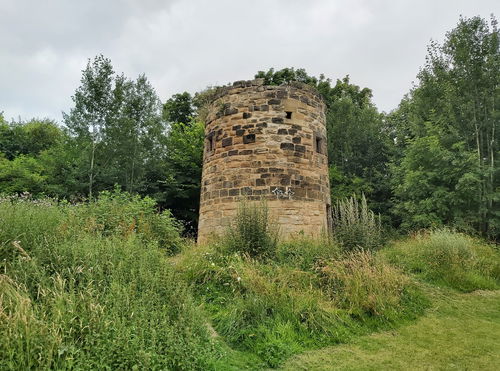
Heaton Windmill
Windmill Jesmond Dene Tyne And WearAn old ruined windmill sitting in Armstrong Park.

Three Kings Stone Circle
Stone Circle Byrness NorthumberlandA stone circle marking the grave of three kings of Denmark.
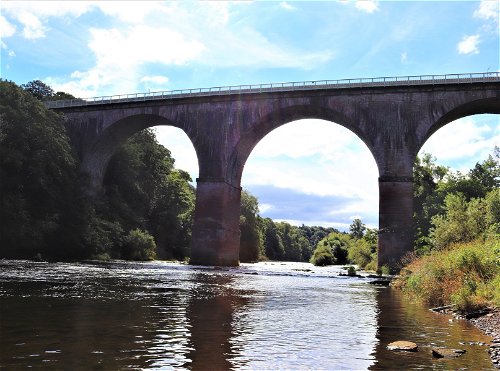
Wetheral Viaduct - Corby Bridge
Bridge Wetheral CumbriaA maginificent viaduct spanning the River Eden in Wetheral.
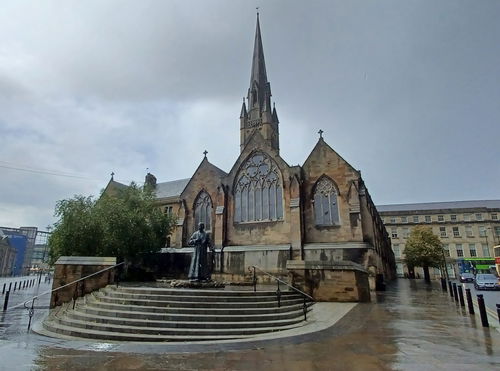
Cathedral Church of St Mary
Religious Place Newcastle City Centre Tyne And WearThe Grade I listed Cathedral Church of St Mary, Newcastle's Catholic and first Cathedral.

Stonehaugh Totem Poles
Art Stonehaugh NorthumberlandTotem poles have stood in the village of Stonehaugh since 1971 and these three are the latest carvings.
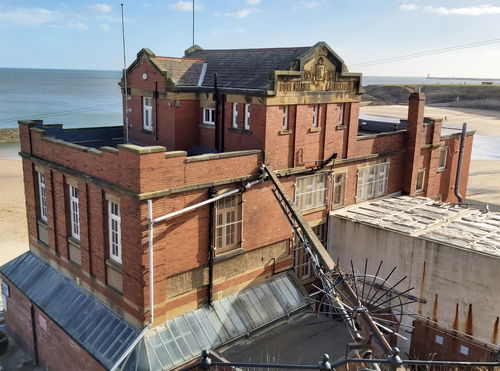
Dove Marine
Building Cullercoats Tyne And WearA research and teaching laboratory which formed part of the School of Marine Science and Technology at Newcastle University. It is now part of the larger School of Natural and Environmental Sciences.
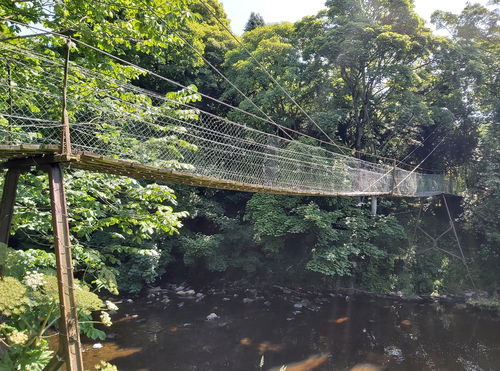
Bothal Footbridge
Bridge Bothal NorthumberlandA small suspension footbridge crossing the river Wansbeck.
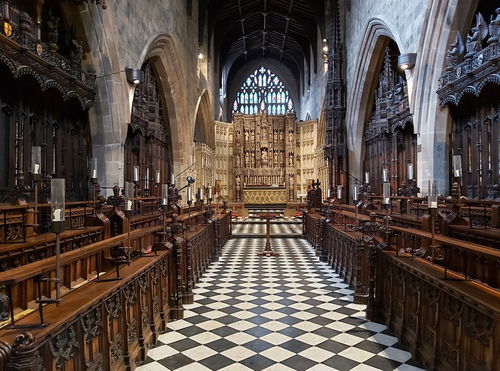
Newcastle Cathedral
Religious Place Newcastle City Centre Tyne And WearCathedral of Newcastle upon Tyne, originally built in 1091.
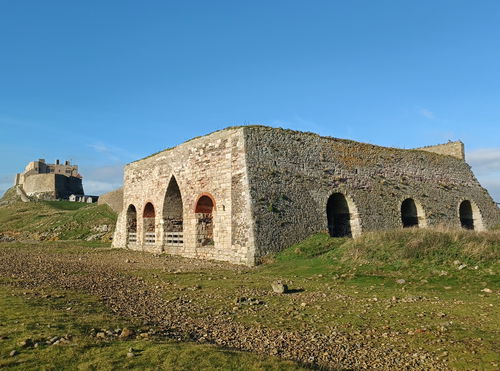
Castle Point Lime Kiln
Lime Kiln Holy Island NorthumberlandProbably the largest lime kiln in Northumberland sitting next to Lindisfarne Castle on Holy Island.
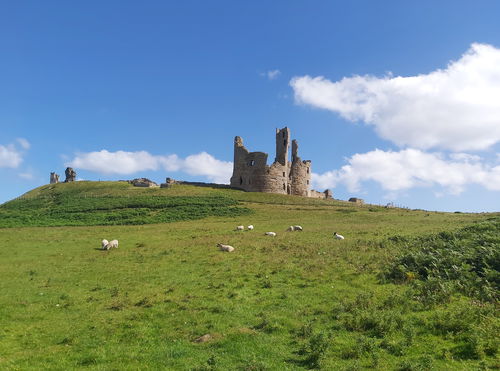
Dunstanburgh Castle
Castle Alnwick NorthumberlandA 14th-century fortification on the coast of Northumberland between the villages of Craster and Embleton. Built by Earl Thomas of Lancaster between 1313 and 1322.
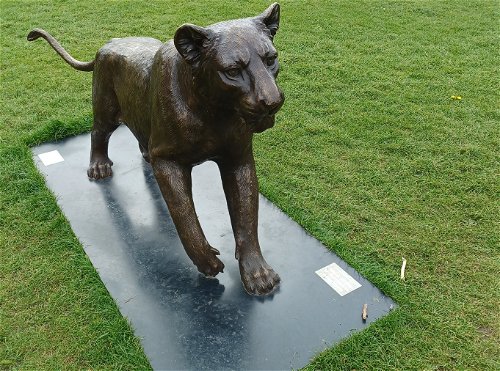
Born Free Lions
Art Newcastle City Centre Tyne And Wear25 bronze lion sculptures by artists Gillie and Marc, temporarily on display in Exhibition Park.
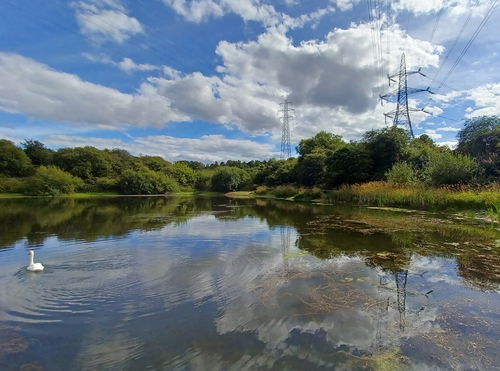
Stargate Ponds
Landscape Gateshead Tyne And WearSmall and pretty local nature reserve with lots of wildlife to see.
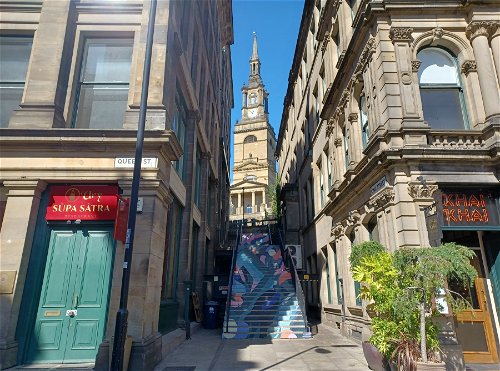
King Street Stairs
Stairs Newcastle City Centre Tyne And WearA new artwork on the King Street Stairs leading from the Quayside to All Saints Church.
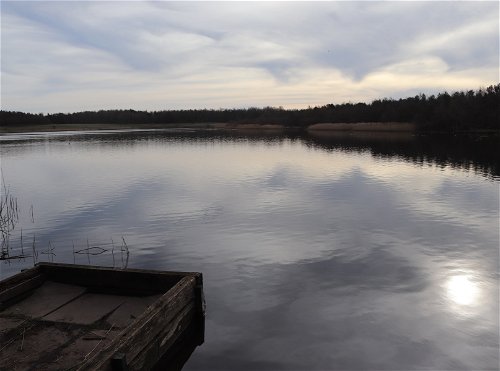
Queen Elizabeth II Jubilee Country Park
Landscape Ashington NorthumberlandA 16-hectare lake set in a country park that was once one of the biggest colliery spoil heaps in Europe.
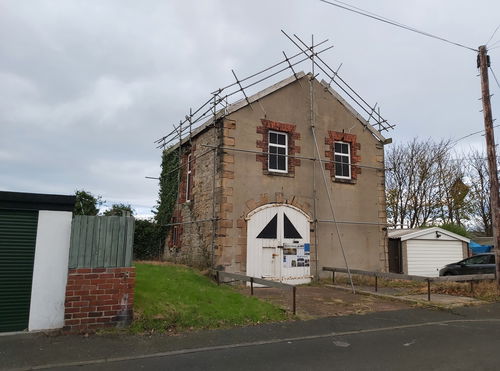
Blyth Rocket House
Building Blyth NorthumberlandThe building used to house the rocket apparatus for saving crews from stranded ships near Blyth harbour.
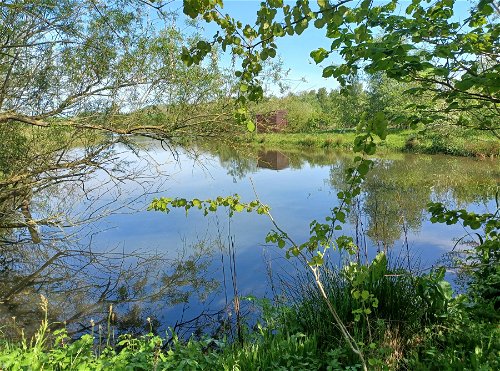
Branton Lakes Nature Reserve
Landscape Ingram Valley NorthumberlandA Nature Reserve alongside the River Breamish in the Northumberland National Park
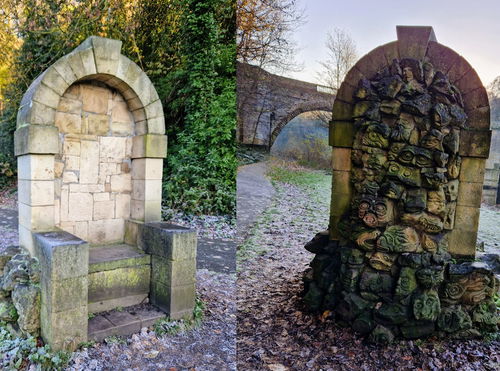
Kathedra
Statue Durham County DurhamA stone chair of carved gargoyles situated in Durham on the banks of the river Wear.
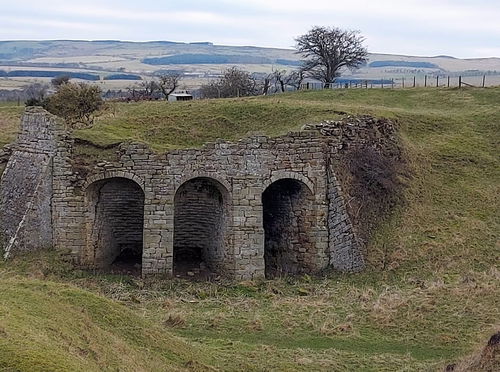
Whittle Lime Kiln
Lime Kiln Swarland NorthumberlandA lime kiln set in a lovely rolling Hobbiton area.
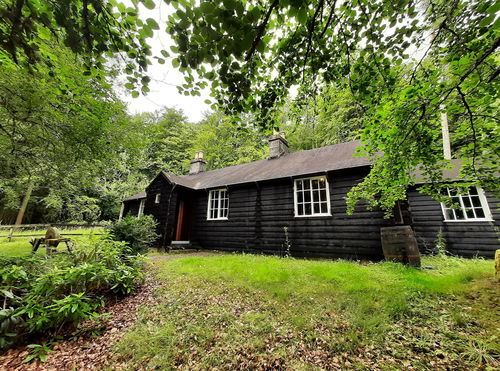
Black Hut at Catcleugh Reservoir
Building Byrness NorthumberlandThe last remaining hut built to accomodate the workers who constructed the Catcleugh Reservoir.
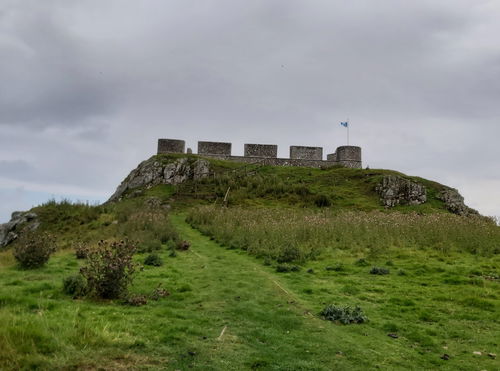
Hume Castle
Castle Kelso BordersA heavily modified ruin of an early 13th century castle held by the powerful Hume family.
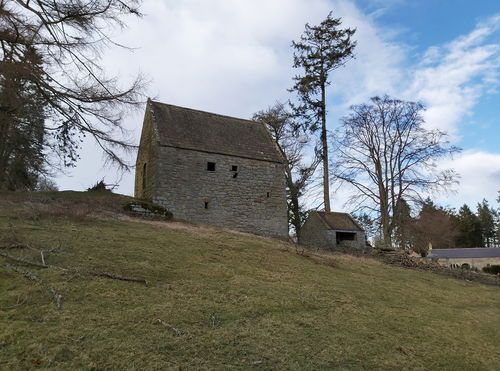
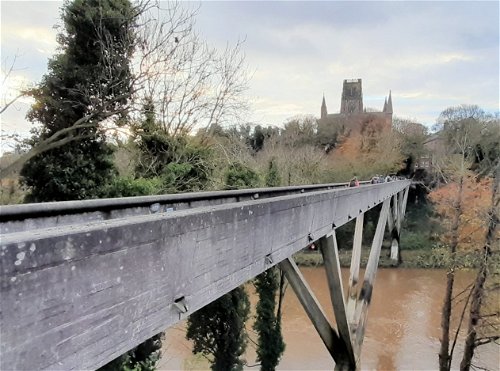
Kingsgate Footbridge
Bridge Durham County DurhamModernist footbridge completed without using scaffolding in 1963
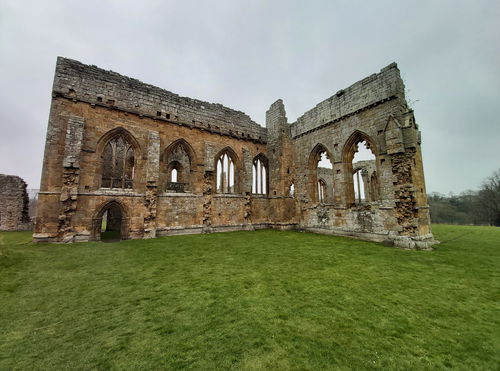
Egglestone Abbey
Religious Place Barnard Castle County DurhamBeautiful ruins of small monastery founded by White Canons set above a bend in the River Tees near Barnard Castle.
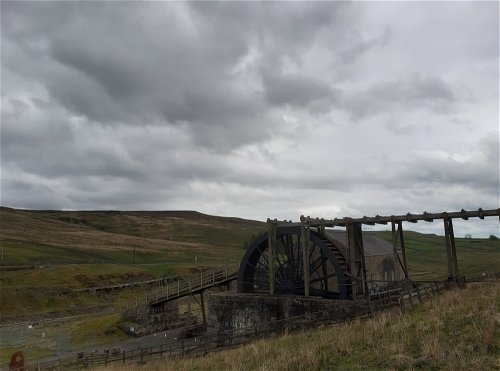
Killhope Lead Mine
Building Bishop Auckland County DurhamA restored 19th century mining museum in the centre of the North Pennines Area of Outstanding Natural Beauty, where you can experience the life and work of the lead mining families of the North Pennines.
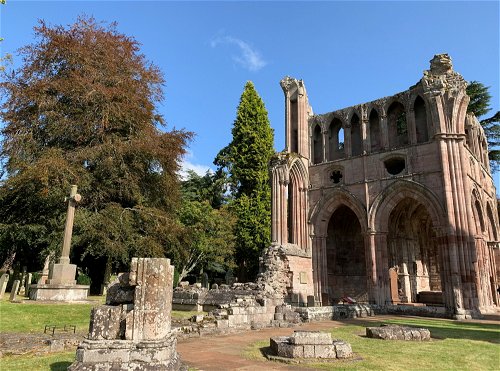
Dryburgh Abbey
Religious Place Melrose BordersA ruined abbey sitting in a secluded woodland on the banks of the River Tweed.
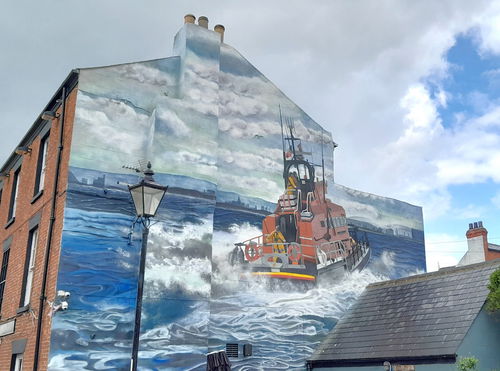
Murals At The Headland, Hartlepool
Art Hartlepool County DurhamStunning art around the Headland at Hartlepool. Each one has a story.
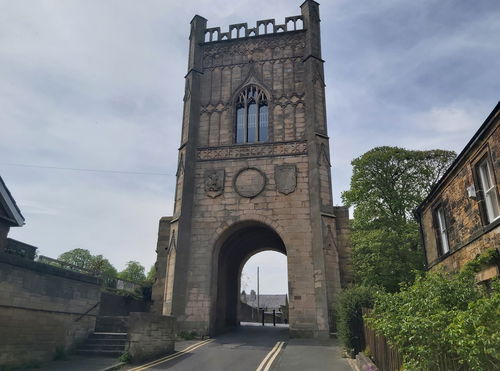
Pottergate Tower
Tower Alnwick NorthumberlandOriginally part of the town's medieval defences, this tower is now a luxury holiday cottage.

Blackhall Rocks
Landscape Hartlepool County DurhamDramatic landscape and panoramic views of the coast. Stone art with science, history and mythology.
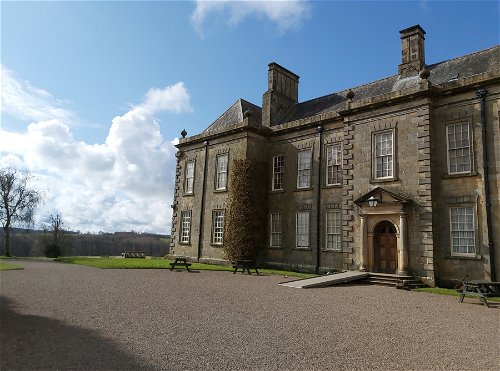
Wallington Hall
Estate Morpeth NorthumberlandHome to three of the most famous families in the North East, set in 13,500 acres of land.
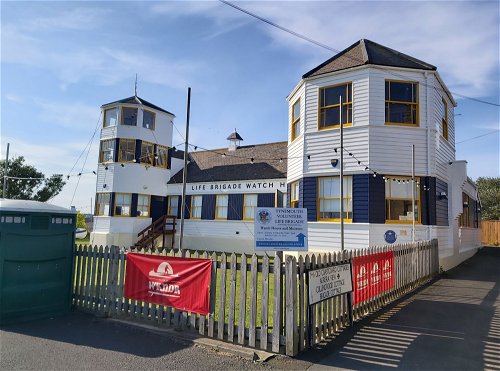
Tynemouth Watch House
Building Tynemouth Tyne And WearA museum dedicated to the Volunteer Life Brigade at Tynemouth.
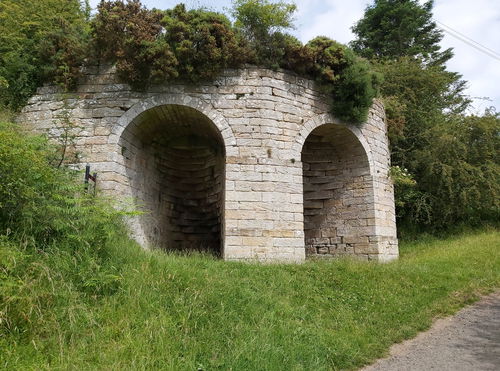
Low Alwinton Lime Kiln
Lime Kiln Alwinton NorthumberlandAnother beauty of a lime kiln situated in Low Alwinton.
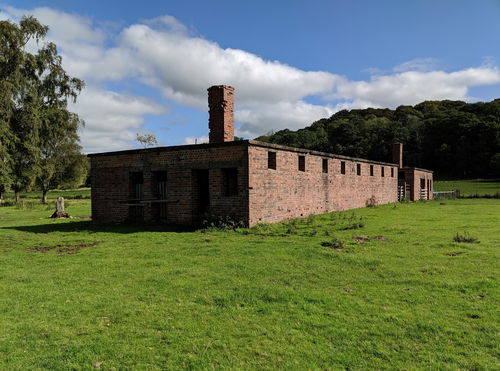
Featherstone Park Prisoner of War Camp
Building Haltwhistle NorthumberlandA former POW camp located behind Featherstone Castle for Italian and German prisoners of war.
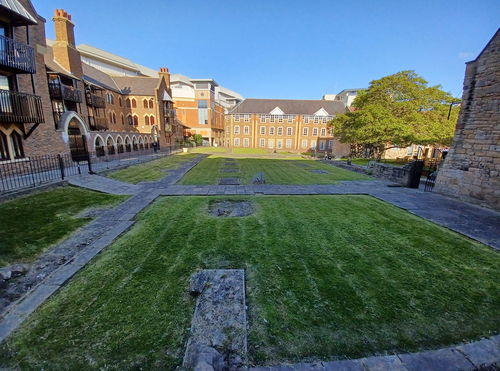
Blackfriars
Religious Place Newcastle City Centre Tyne And WearA restored Grade I listed, 13th Century Friary and ruins in the centre of Newcastle, now partly used as a restaurant and craft workshops.
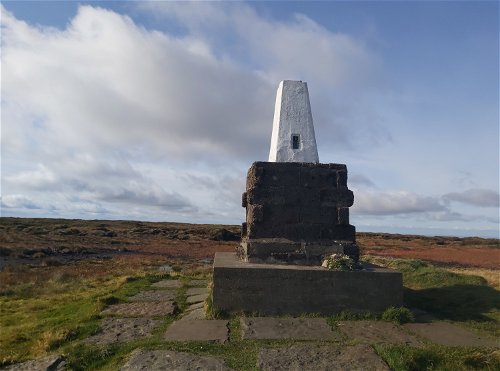
Cheviot Summit Trig Point
Trig Point The Cheviots NorthumberlandThe trig point sitting on top of The Cheviot Summit (815m).
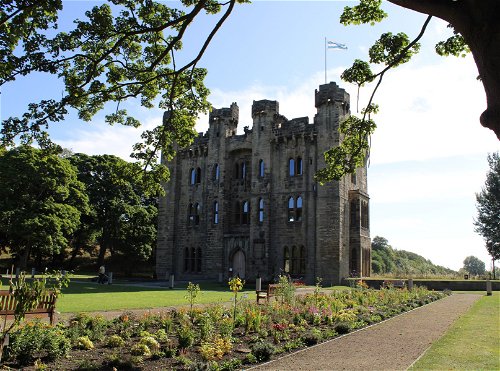
Hylton Castle
Castle Sunderland Tyne And Wear14th century gatehouse tower built by Sir William Hylton.
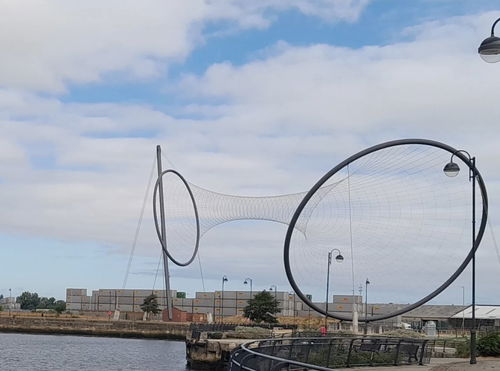
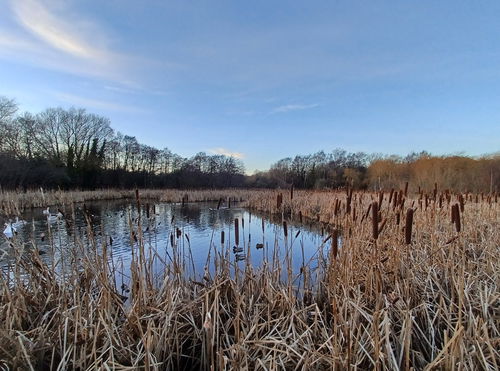
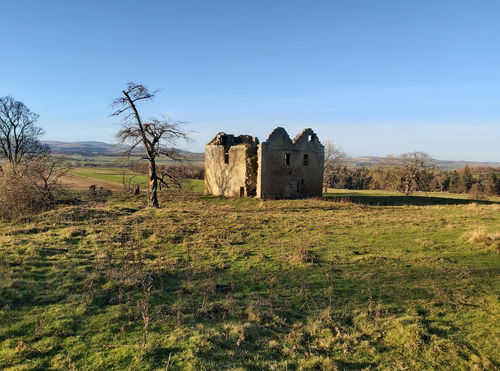
Hepburn Bastle
Bastle Chillingham NorthumberlandA ruined, Grade II listed Scheduled Monument, 16th Century Tower House / Bastle House.
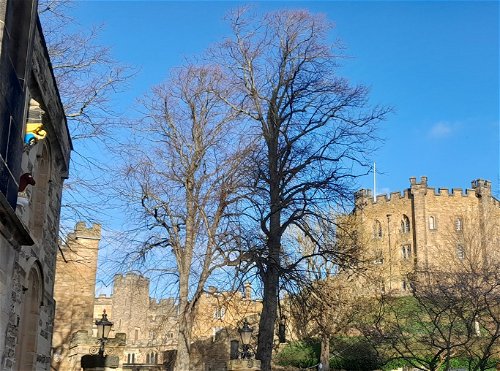
Durham Castle
Castle Durham County DurhamA castle dating back to the Normans in Durham city centre.
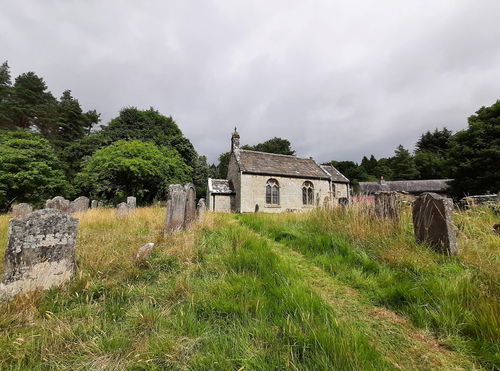
St Francis Of Assisi Church Byrness
Religious Place Byrness NorthumberlandAn 18th century church which was partly rebuilt in 1884. It has a window which commemorates those who died during the construction of the nearby Catcleugh Reservoir.
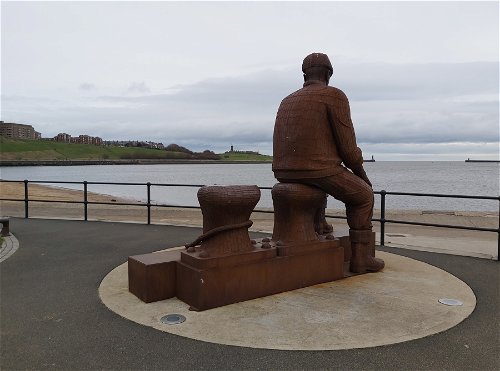
Fiddlers Green Statue
Art North Shields Tyne And WearA metal statue by Ray Lonsdale built as a memorial for fishermen lost at sea from North Shields.
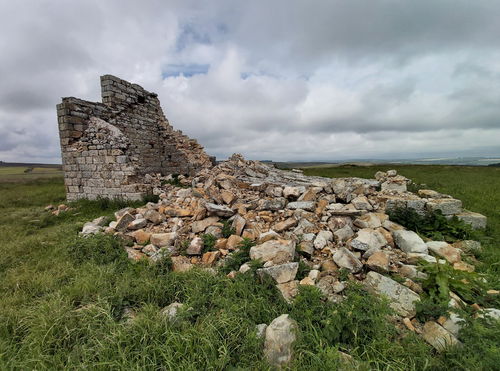
Jenny’s Lantern Folly
Folly Alnwick NorthumberlandA ruin of a folly shaped like a shepherd's hut on the Alnwick moors.
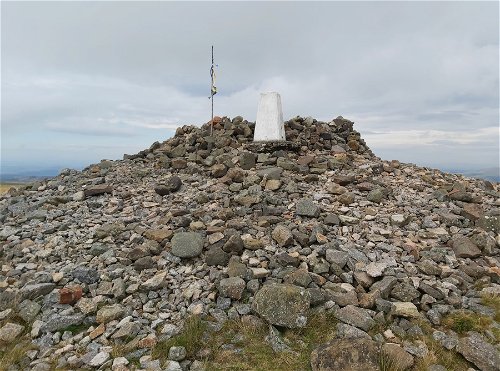
Windy Gyle Trig Point
Trig Point The Cheviots NorthumberlandThe trig point sitting on top of Windy Gyle (619m).
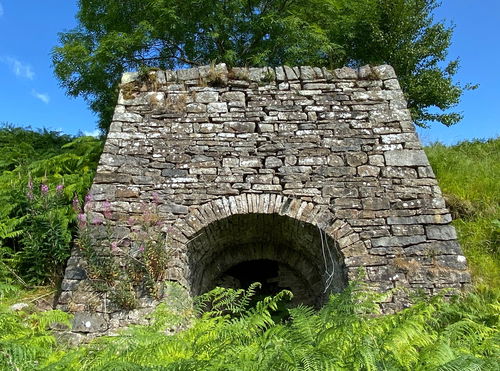
Slaggyford Lime Kiln
Lime Kiln Allendale NorthumberlandA cool little lime kiln up the side of a hill in Slaggyford.

Fisherman Door Art
Art Blyth NorthumberlandFisherman and his dog daubed on the back of a wall at Blyth Harbour.
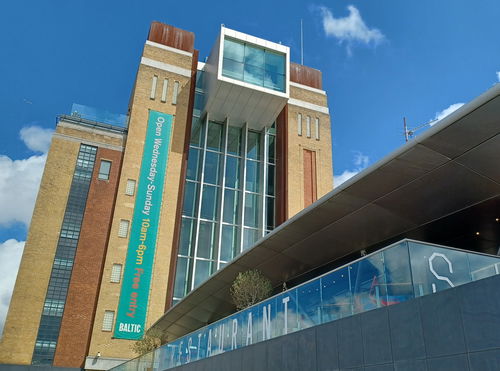
Baltic Centre for Contemporary Art
Building Gateshead Tyne And WearOld flour mill converted into a contemporary art gallery in 2002.
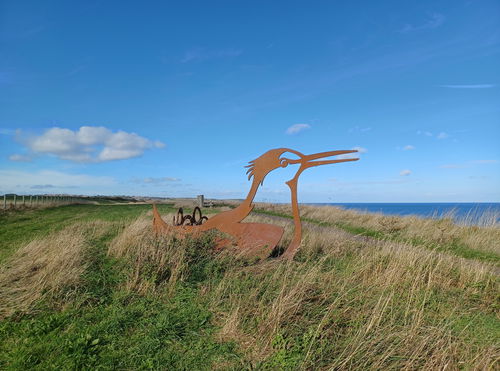
Little Tern Sculpture
Art Horden County DurhamArtwork inspired by the Little Tern colony which return to nest in Horden every spring.
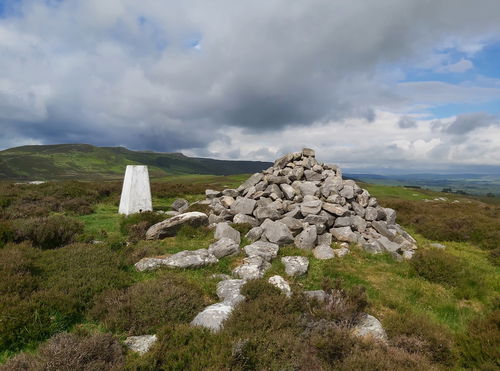
Garleigh Moor Trig Point
Trig Point Rothbury NorthumberlandThe trig point sitting on top of Garleigh Moor (268m).
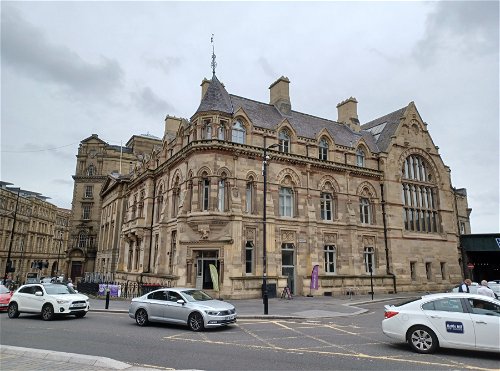
The Mining Institute
Building Newcastle City Centre Tyne And WearThe North of England Institute of Mining and Mechanical Engineers or as it is more commonly known, “The Mining Institute” is one of the finest buildings in Newcastle. It is a Victorian building built at the time when high-Gothic architecture was coming into fashion.
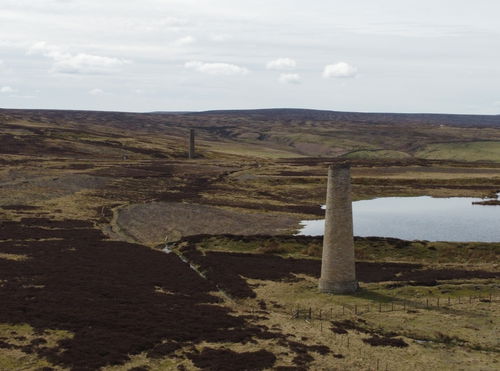
Sikehead Mine Chimneys
Chimney Blanchland NorthumberlandTwo chimneys remaining from the Sikehead mine set on Ramshaw Moors
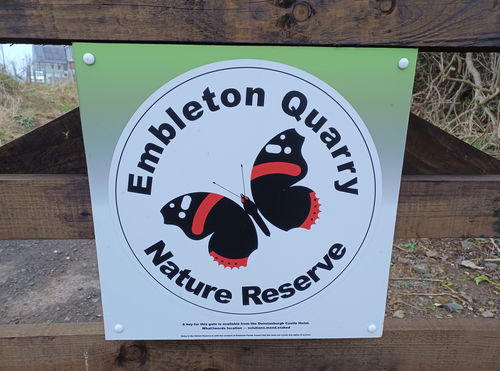
Embleton Quarry Nature Reserve
Landscape Craster NorthumberlandNature Reserve set in a former Whinstone Quarry in the village of Embleton
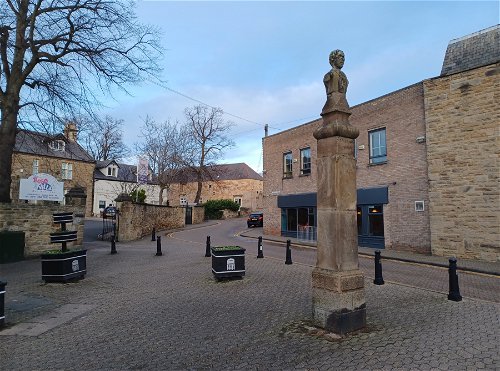
Lang Jack Statue
Statue Whickham Tyne And WearStatue to Jack English or Lang Jack, a famed resident of Whickham who stood 6 feet 4 inches and was renowned for his strength... and bad temper!
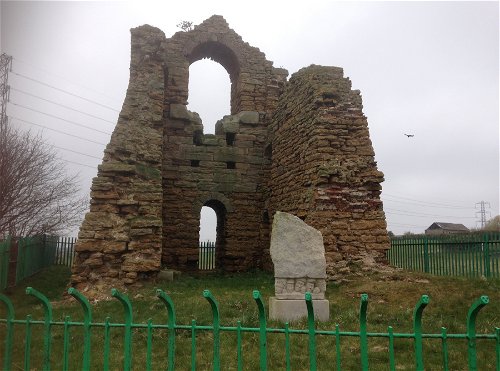
Haswell Colliery Engine House
Building Shotton County DurhamA ruined colliery engine house that was part of a monumental mining disaster.
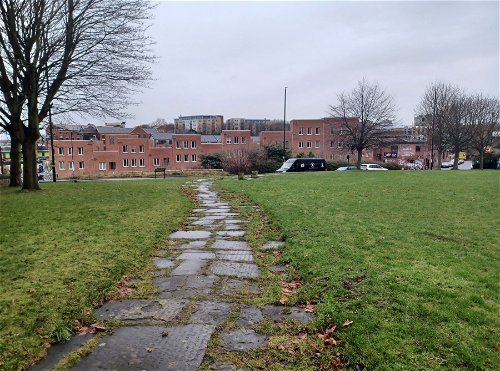
Ballast Hills Burial Ground
Religious Place Newcastle City Centre Tyne And WearA none conformist burial ground that is now a recreation area.
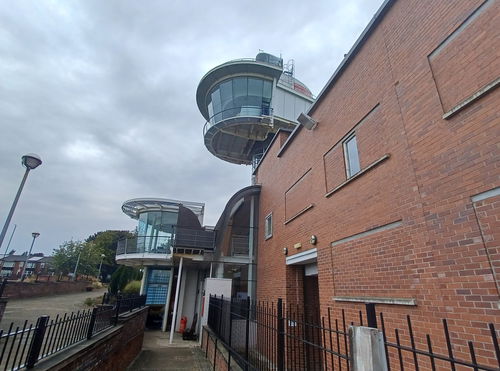
Segedunum Roman Fort and Museum
Landscape Wallsend Tyne And WearExcavated Roman fort, with a museum and 35m viewing tower.
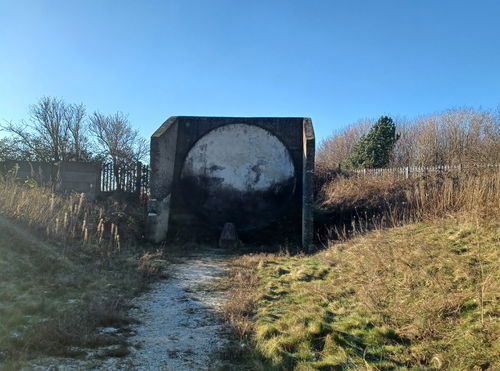
Coastal Watch Mirror
Military Sunderland Tyne And WearWW1 acoustic mirror, which detected German Zeppelins as they approached the coast.

Evelyn Column Felbridge Monument
Statue Edlingham NorthumberlandA column in memory of James Evelyn's parents, moved from Felbridge up to Lemmington, Northumberland.
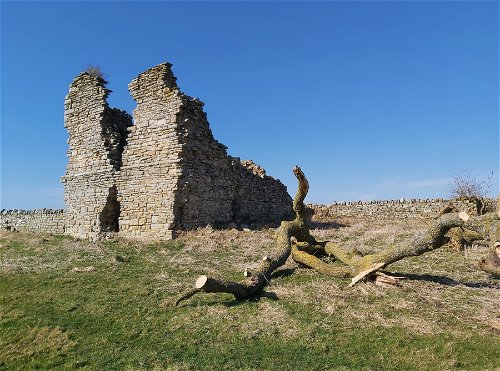
Little Swinburne Tower
Tower Swinburne NorthumberlandA severely ruined 15th century tower in Little Swinburne.
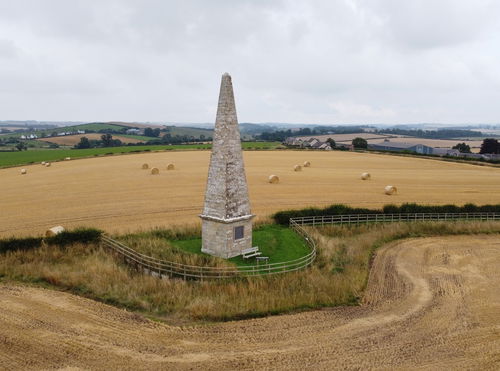
Thomson Monument
Obelisk Kelso BordersAn obelisk commerating playwright and poet James Thomson, who also penned the words to Rule, Britannia.

Greenknowe Tower
Tower Kelso BordersA fine example of a 16th-century tower house, located just west of the village of Gordon, in the Scottish Borders
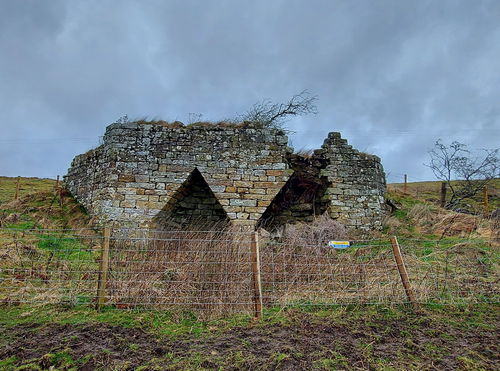
Hepple Lime Kiln
Lime Kiln Elsdon NorthumberlandA slightly ruined lime kiln in Hepple in between Rothbury and Elsdon.
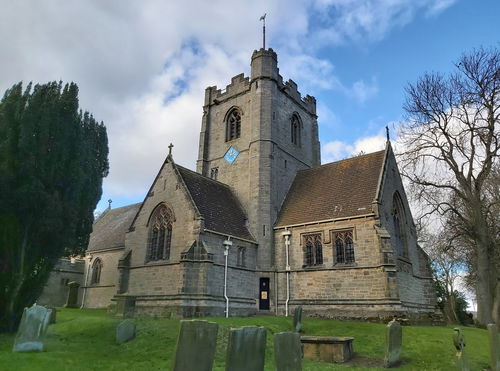
St James Church Shilbottle
Religious Place Alnwick NorthumberlandThe Parish Church of St James in Shilbottle
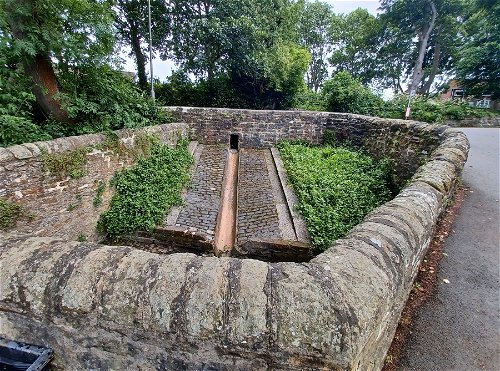
Ryton Pinfolds
Building Ryton Tyne And WearPens to hold stray animals, dating back to medieval times.
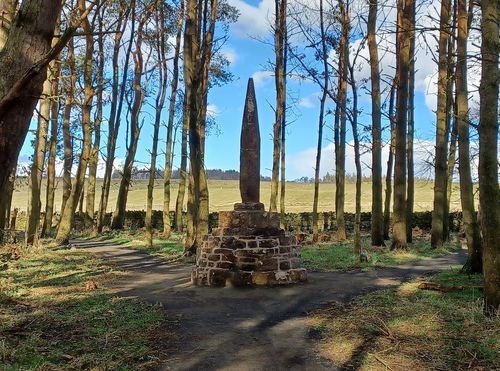
Percy Cross Otterburn Battlefield
Military Otterburn NorthumberlandA 14th century stone monument to the Battle of Otterburn in 1388
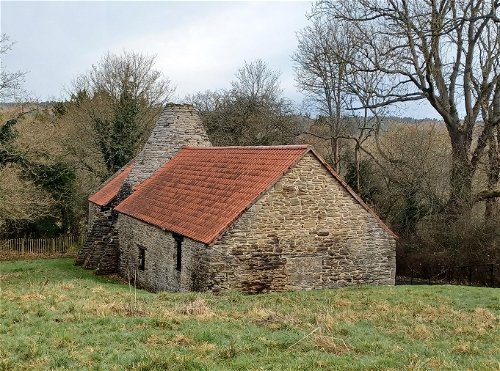
Derwentcote Steel Furnace
Building Rowlands Gill Tyne And WearDisused steel furnace and woodland walk, managed by English Heritage.
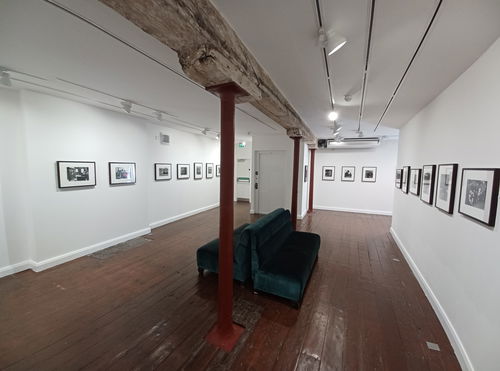
Side Gallery
Art Newcastle City Centre Tyne And WearSmall photographic gallery on Newcastle's Quayside.
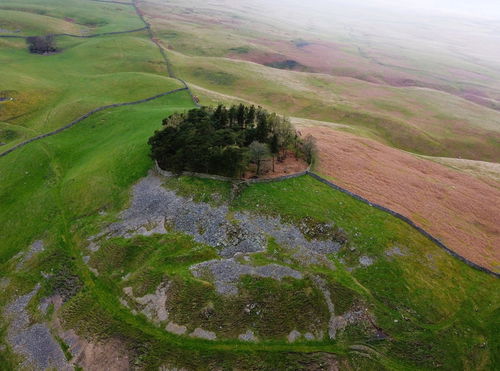
Kirkcarrion
Landmark Middleton-in-Teesdale County DurhamAn ancient burial ground for a Bronze Age chieftain called Prince Caryn.

Cretehawser Wreck
Military Sunderland Tyne And WearThe wreck of concrete tug 'Cretehawser' which sits on the banks of the River Wear.
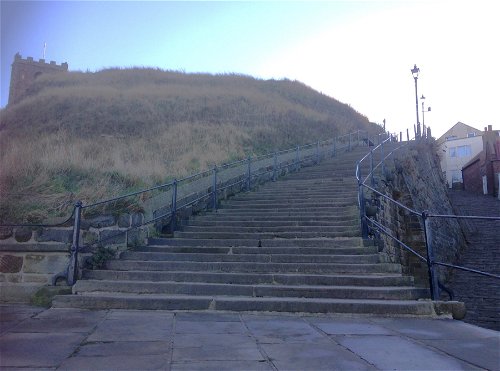
199 Steps In Whitby
Stairs Whitby North YorkshireThe 199 stone steps lead up to the ruins of Whitby Abbey, a classic Gothic graveyard, and the Norman Church of Saint Mary.
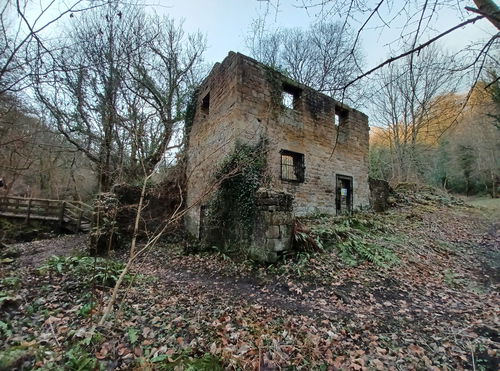
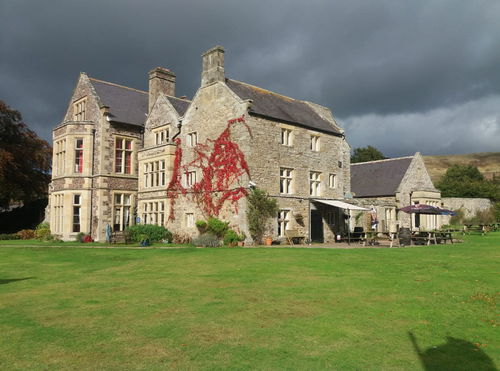
Clennell Hall
Building Alwinton NorthumberlandA 15th century country house, situated near the village of Alwinton in an area of natural outstanding beauty.
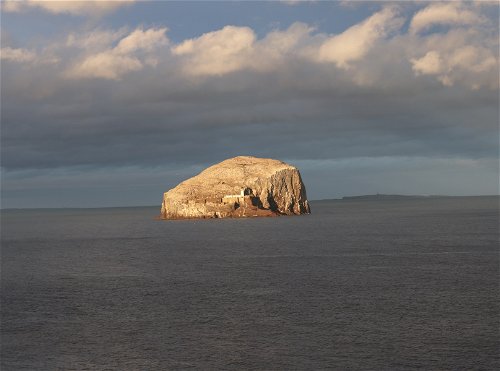
Bass Rock
Crag, Rock And Cairn East Lothian BordersAn island off the coast of East Lothian famous for its seabird colony.
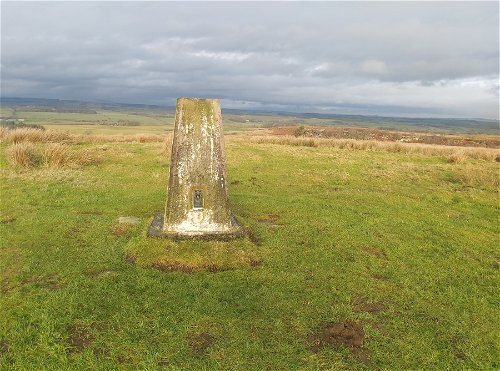
Shaftoe Crags Trig Point
Trig Point Bolam NorthumberlandThe trig point sitting on top of Shaftoe Crags (213m).
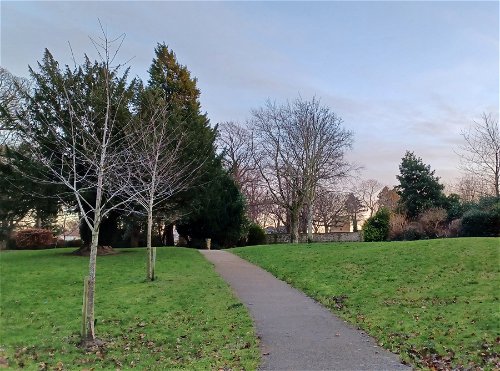
Chase Park
Landscape Whickham Tyne And WearSmall park in the heart of Whickham, home to Whickham Windmill.
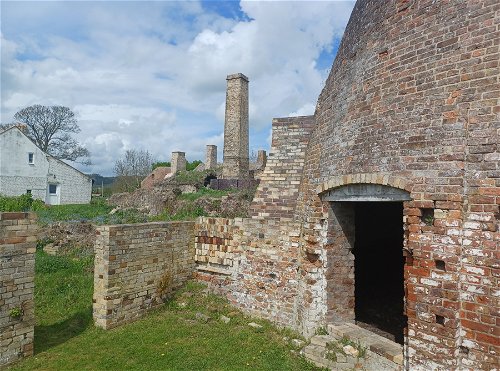
The Old Pottery
Building Corbridge NorthumberlandOld 19th century pottery on the outskirts of Corbridge, previously known as Walker's Pottery.
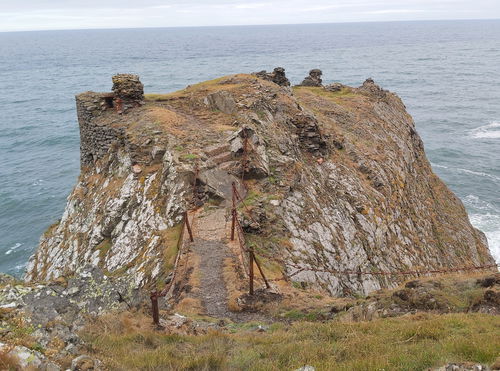
Fast Castle
Castle Eyemouth BordersThe ruins of a castle fought over by the Scots and English on a small outcrop near St Abbs.

Waldridge Fell
Landscape Chester-le-Street County DurhamStunning 284 acre country park with woodlands, wetlands and lowland heath.
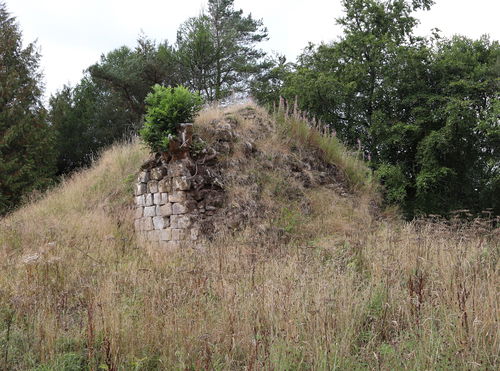
Simonburn Castle
Castle Simonburn NorthumberlandOriginally envisaged as a motte and bailey, Simonburn Castle was eventually a tower house before falling into ruin.
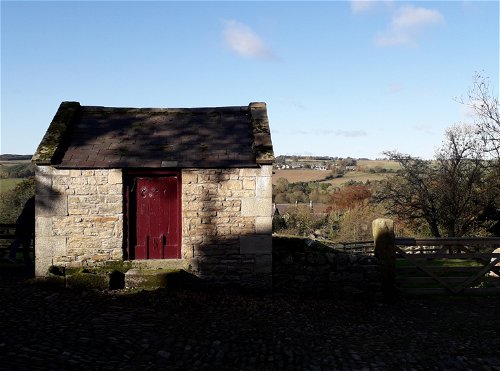
Cherryburn
Building Stocksfield NorthumberlandThe birthplace of Thomas Bewick, the famous wood engraver and ornithologist.
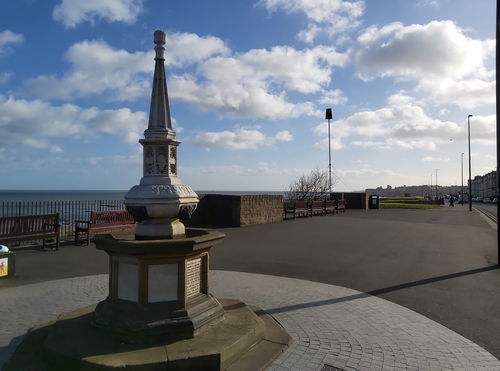
Adamson Memorial Drinking Fountain
Fountain Cullercoats Tyne And WearA 19th century fountain dedicated to Bryan Adamson, a lieutenant of the HMS Wasp that was lost at sea.
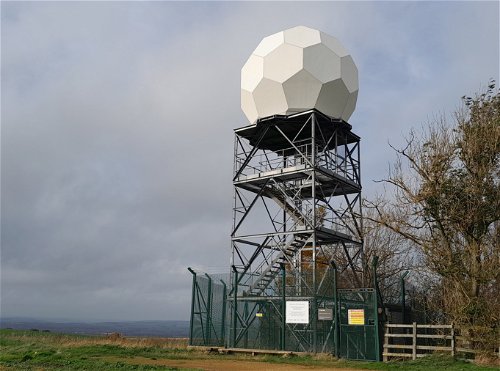
High Moorsley Weather Radar Station
Landmark Houghton-le-Spring Tyne And WearA distinguished weather radar station that can be seen for miles.
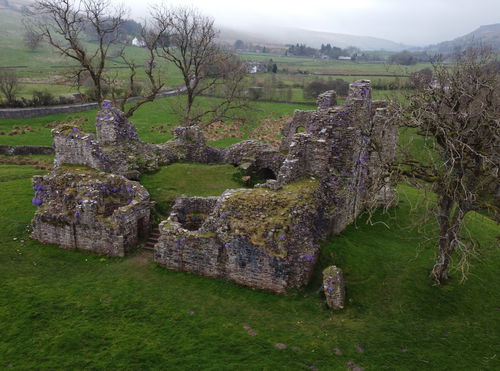
Pendragon Castle
Castle Kirkby Stephen CumbriaRuined castle dating to the 12th century, said to be founded by Uther Pendragon.
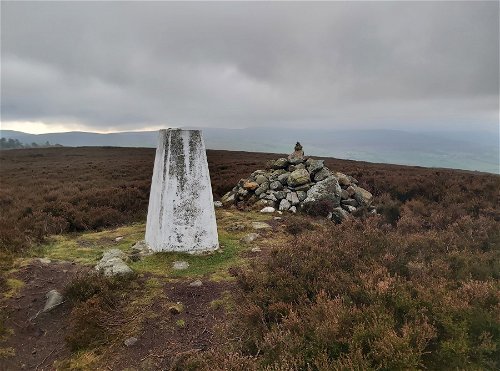
Target Plantation Trig Point
Trig Point Rothbury NorthumberlandThe trig point sitting on top of Target Plantation (250m) above Rothbury.
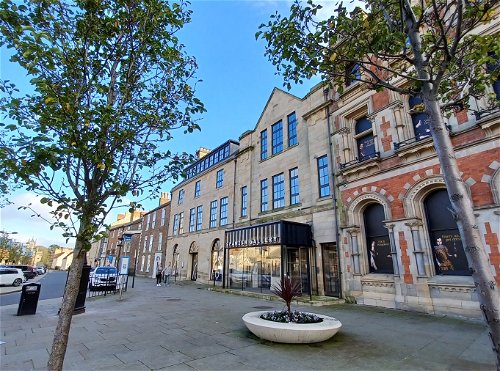
Spanish Gallery and Mining Art Gallery
Museum Bishop Auckland County DurhamTwo fantastic galleries in the heart of Bishop Auckland.

Jubilee Stone Bothal Church
Standing Stone Bothal NorthumberlandA standing stone celebrating the Jubilee of Queen Elizabeth II.
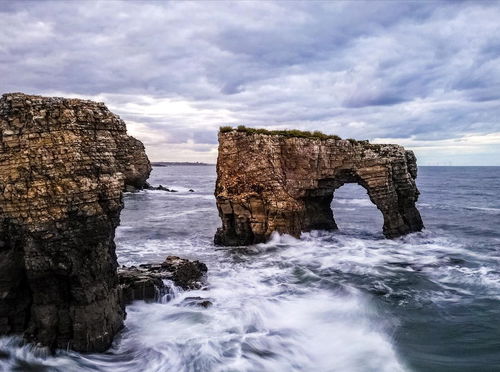
Whitburn Arch
Standing Stone Whitburn Tyne And WearA small rock arch off the coast in South Shields near Souter Lighthouse.
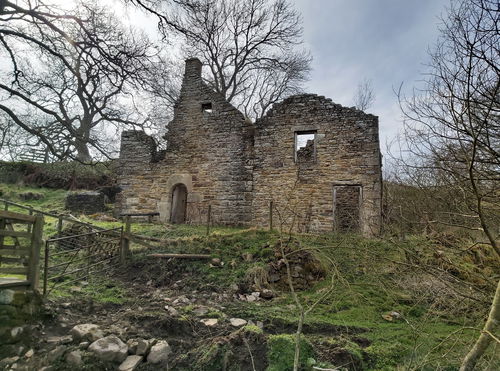
Rowantree Stob Bastle
Bastle Allendale NorthumberlandA ruined bastle which may not have been a bastle after all.
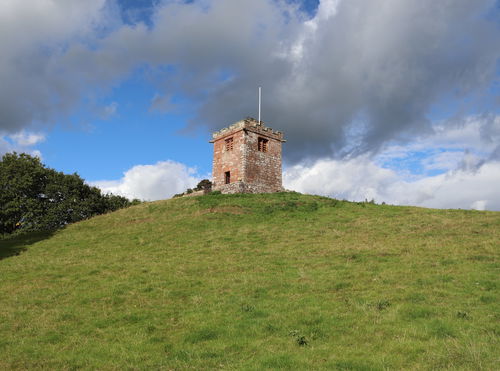
Bell Tower Of St Oswald Church Kirkoswald
Tower Penrith CumbriaA stand alone bell tower for the Church of St Oswald in Kirkoswald, Cumbria.

Newton Tors Trig Point
Trig Point The Cheviots NorthumberlandThe trig point sitting on top of Newton Tors in The Cheviots (537m).
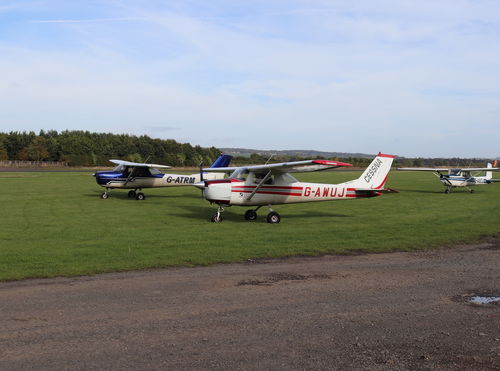
Eshott Airfield
Machinery Morpeth NorthumberlandAn airfield mainly for pleasure flights where you can sit with a cup of tea in the observation deck and watch the planes take off and land.
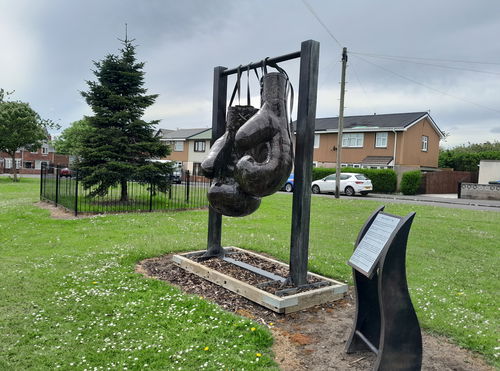
Boxing Gloves
Art Peterlee County DurhamSix foot pair of boxing gloves commemorating the achievements of Maurice Cullen.
Filter Results
Filter the places by category or their location, or even search by a keyword.
